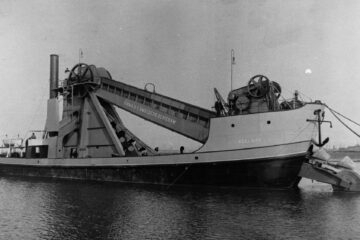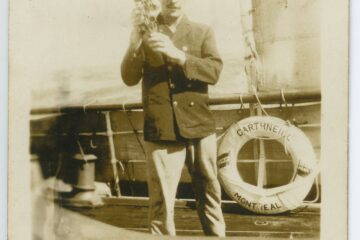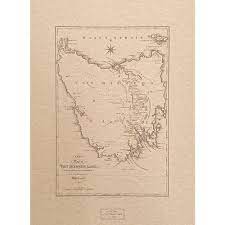The SS Groote Beer, originally built as the SS Costa Rica Victory, emerged as a significant vessel post-World War II. Constructed as an enlarged Victory troopship under the US War Shipping Administration, the ship was purchased by the State of the Netherlands. After a brief stint under the American Hawaiian Steamship Corp., the vessel was acquired by the State in 1947 and entrusted to the Holland-America Line (NASM) as the Groote Beer. Initially designed for troop transport to the Dutch East Indies and New Guinea, the ship later played a crucial role in transporting Moluccan soldiers and their families to the Netherlands in 1951.
In 1952, the ship underwent a transformation at the Nederlandsche Dok en Scheepsbouw Maatschappij in Amsterdam, converting it into an emigrant ship. The refurbishment included the addition of an extra deck, repositioning of the bridge, and alterations to accommodate 831 passengers. Its maiden voyage as an emigrant ship took place on June 18, 1952, from Rotterdam to Halifax and New York, followed by a voyage to Quebec in August 1952.
In 1961, the ship transitioned to Scheepvaartmij. Trans-Ocean, maintaining its operation under NASM. Renovations in 1961 aimed at elevating the accommodations to a luxury Tourist Class status, attracting more passengers amid declining emigration rates. The ship continued its transoceanic voyages to Australia and New Zealand. Notably, in 1962 and 1963, the ship was chartered for special events, including the Commonwealth Games in Fremantle and a football-related transport to Lisbon.
By 1963, the Groote Beer, alongside the Waterman, was sold to the Greek family business of John Latsis and renamed Marianna IV. The ship continued its voyages, departing from Piraeus and making stops in Melbourne and Sydney. In 1966, under its original name Groote Beer, the ship was chartered for student exchange trips between Rotterdam and New York. However, a collision with the dredger Pen Avon off the Isle of Wight led to the cancellation of the trip, and the ship was laid up in Piraeus. In 1971, the SS Groote Beer met its end as it was scrapped in Elefsina, Greece.
The following is a reflection from Keith Pauluse
I was recently reminiscing with a friend about these ships and gave me some pictures sailing from Rotterdam to Canada (1954 ) it amazed me to recall how even in mild weather, just sitting on deck meant getting sprayed by the sea. It’s a vivid reminder of bygone days and how much things have changed since then. Maybe that’s something worth pondering?
Originally constructed as troopships, these three vessels were part of a remarkable fleet of 97 ‘Victory’ ships completed during World War II. Cranston Victory, for instance, took to the waters on May 5, 1944, and Costa Rica Victory followed suit on June 17, 1944. Once the war had ended, the Dutch Government acquired these ships in 1947, transforming them into small migrant vessels bound for Canada, South Africa, and Australia.
Their transition from troop carriers to migrant ships is a testament to their resilience and adaptability. These ships became the gateway to new opportunities and fresh chapters of life for countless individuals seeking new beginnings.
Pause for a moment and reflect on the rich history encapsulated within these vessels. They endured the storms of war and then carried the hopes and dreams of thousands of Dutch immigrants embarking on an uncertain yet hopeful journey. Such stories deserve to be remembered and celebrated.
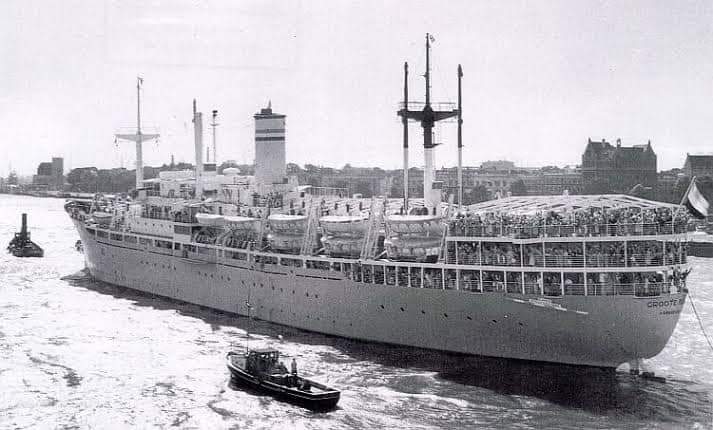
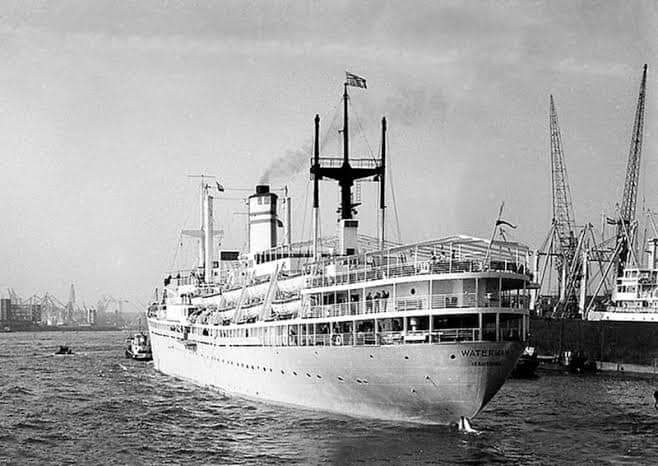

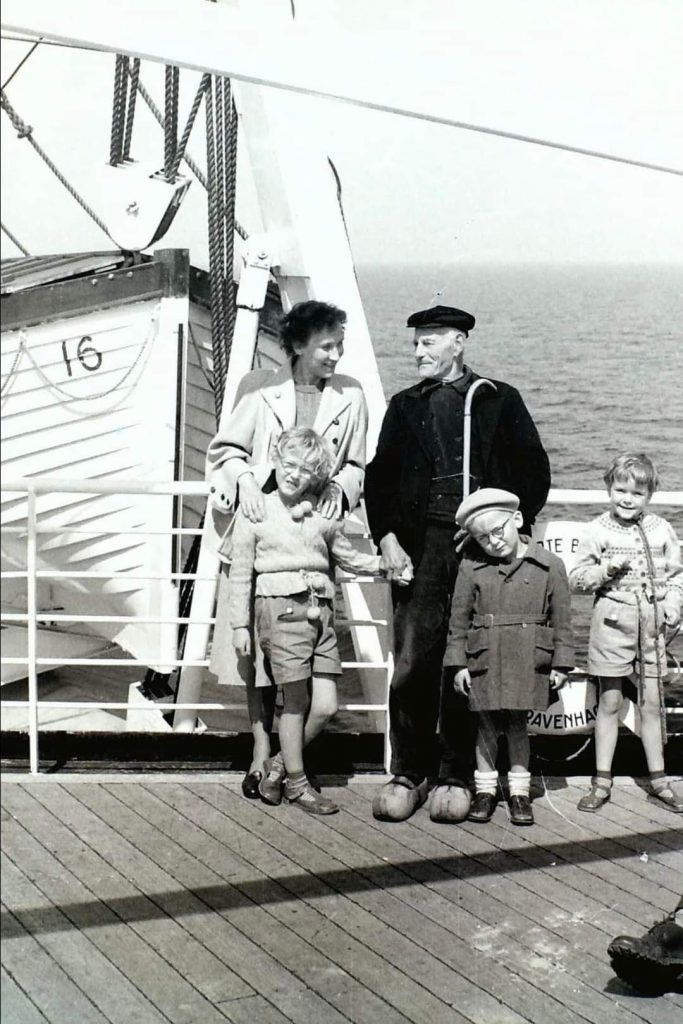
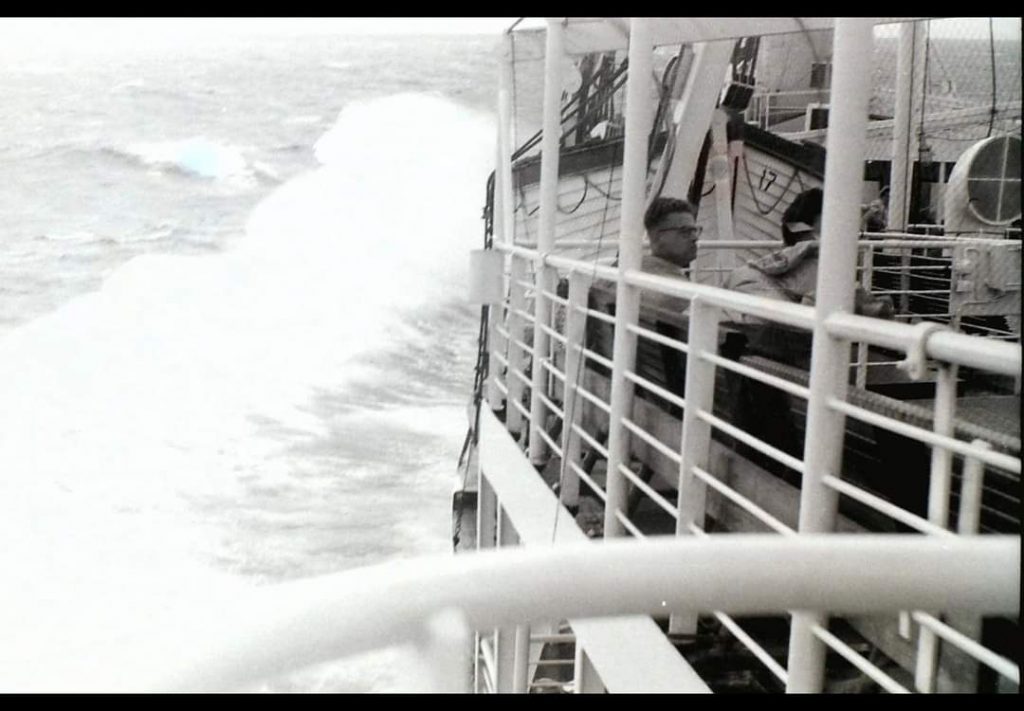
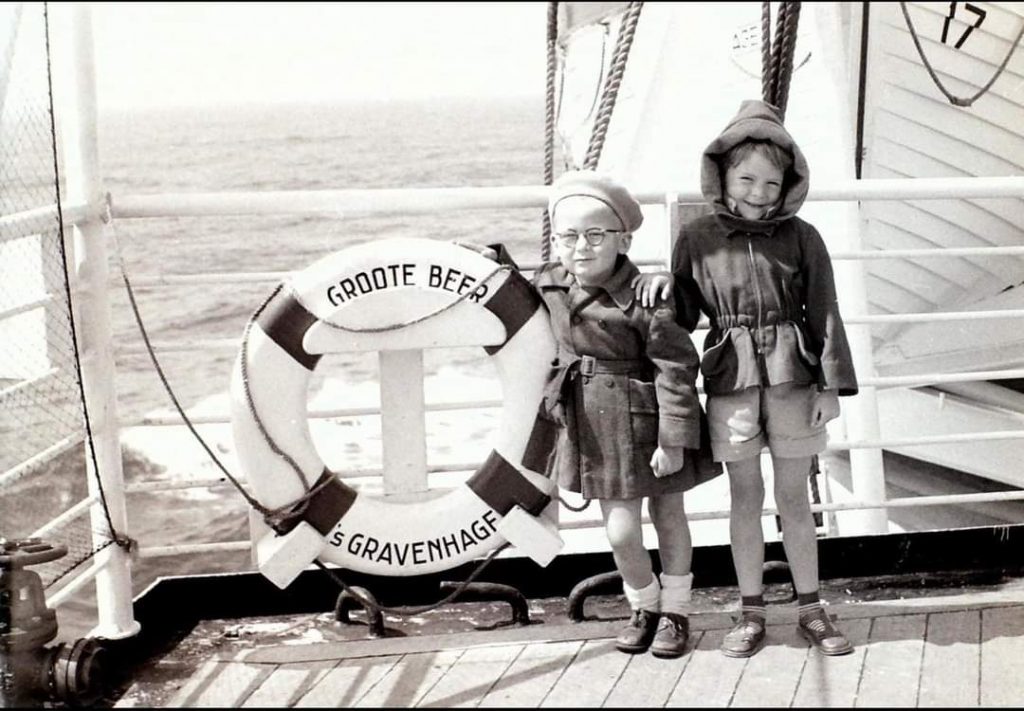
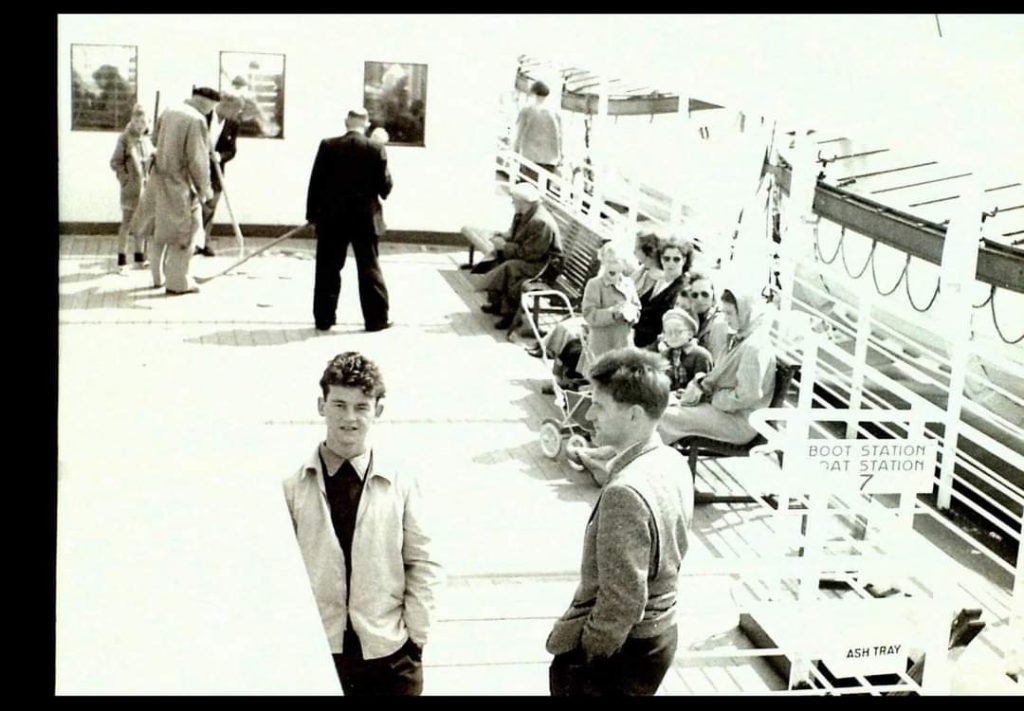
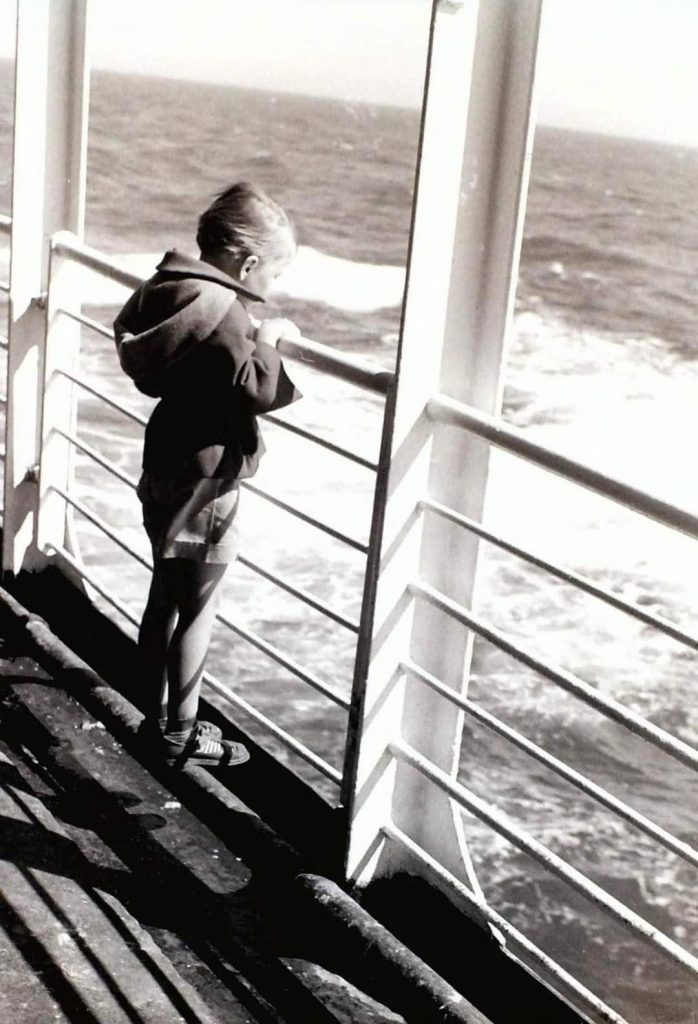

Antonia van Welderen
Ja.. maar ik heb ook verhalen gehoord, van de Vrouwen, Moeders, die tijdens het boodschappen (gelukkig) Engels leerden en ook dames die op hun knieën terug wilden kruipen, omdat ze de terug reis niet konden betalen, maar toch na 2 jaar begonnen te wennen en achteraf heel blij waren dat ze zijn gebleven, kan me dat ook wel voorstellen, Australia was toen nog in de 30tiger jaren.
Jeannette Johanson
We kids had a ball on board ship! Minimal adult supervision, we formed a gang that explored all the nooks and crannies of the ship. We leaned over the railing to admire the blue of the ocean, the occasional glimpses of land! It was a glorious time, sandwiched between our old life in the Netherlands and our new life in Australia.
See also: SS Maritime
